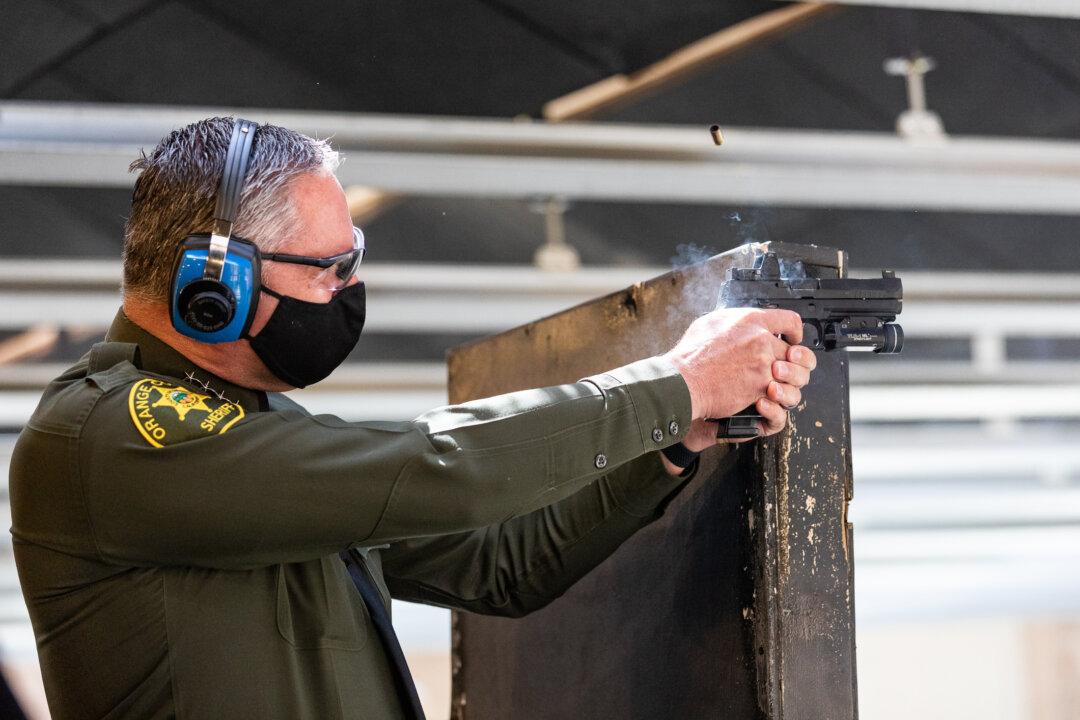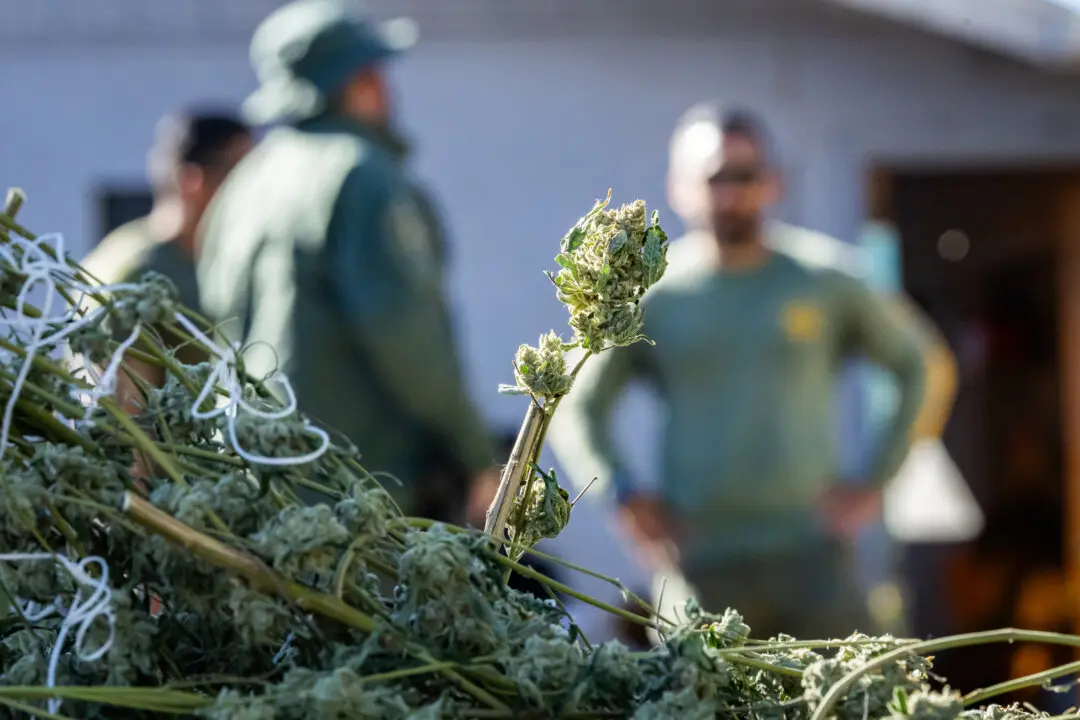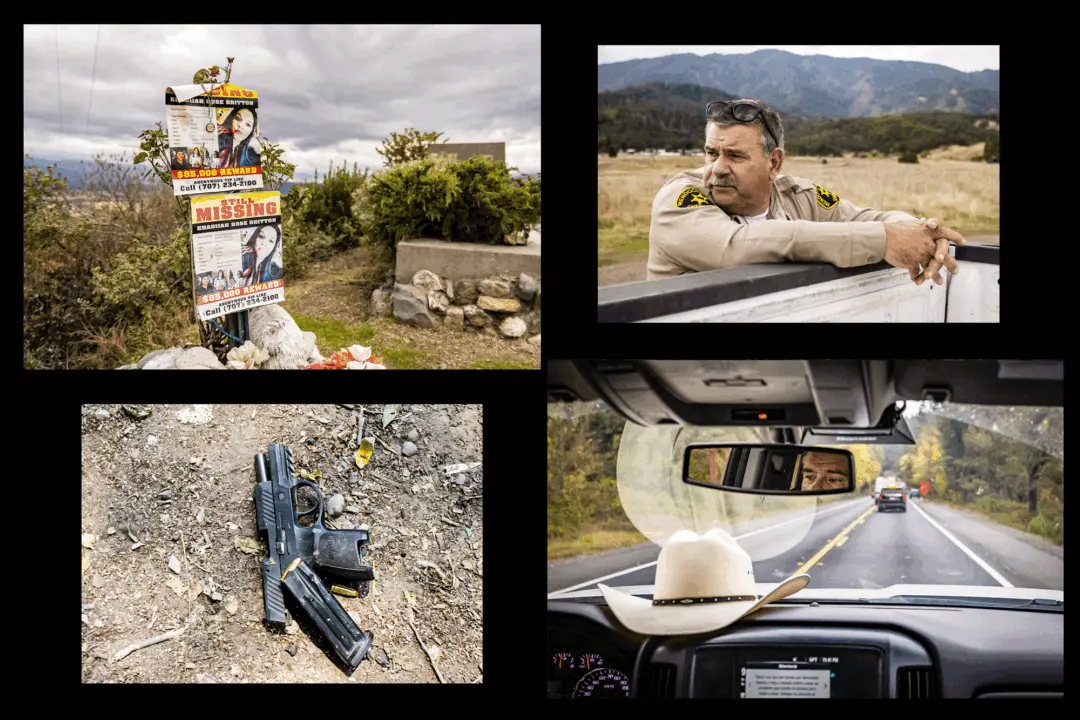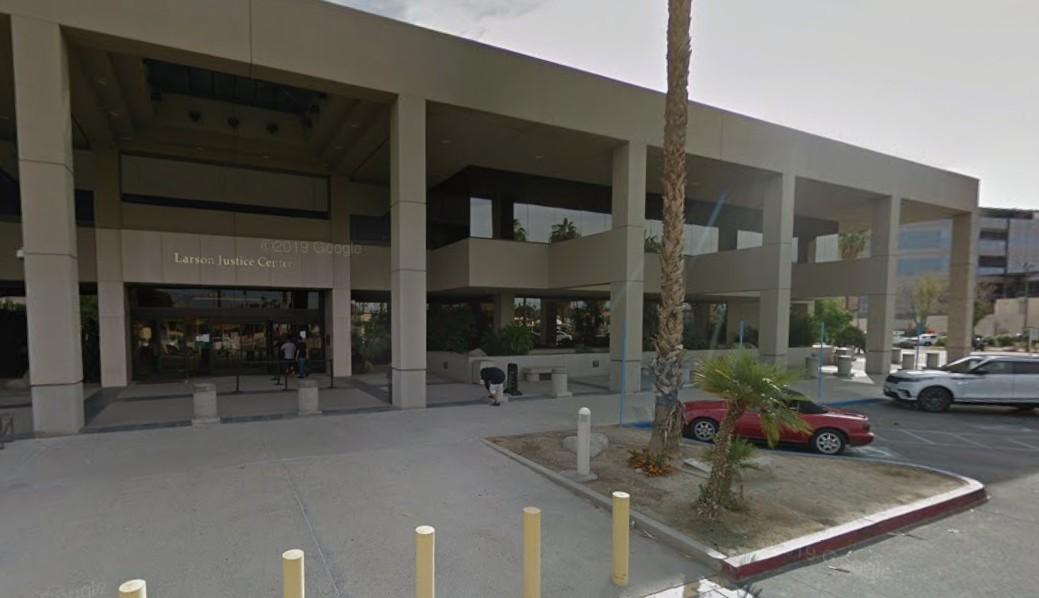A proposal introduced by California lawmakers that would require all pistols purchased by law enforcement officers to be equipped with “microstamping” technology will make it more difficult for people to buy firearms, gun rights groups say.
Assembly Bill 876 (AB 876) would mandate that all new pistols purchased for use by law enforcement officers would imprint individualized marks on bullet casings, allowing investigators to match discharged casings to specific weapons.





